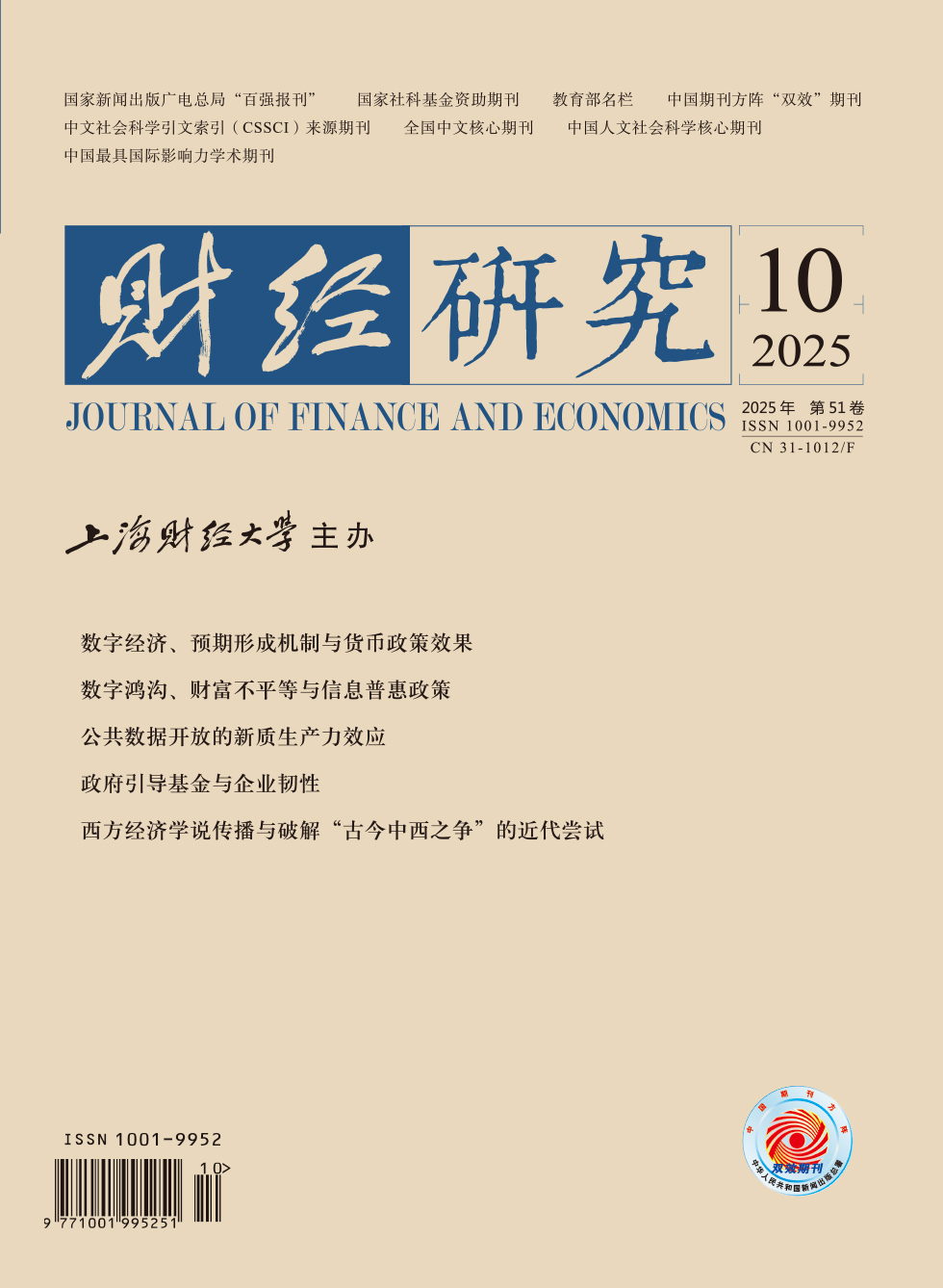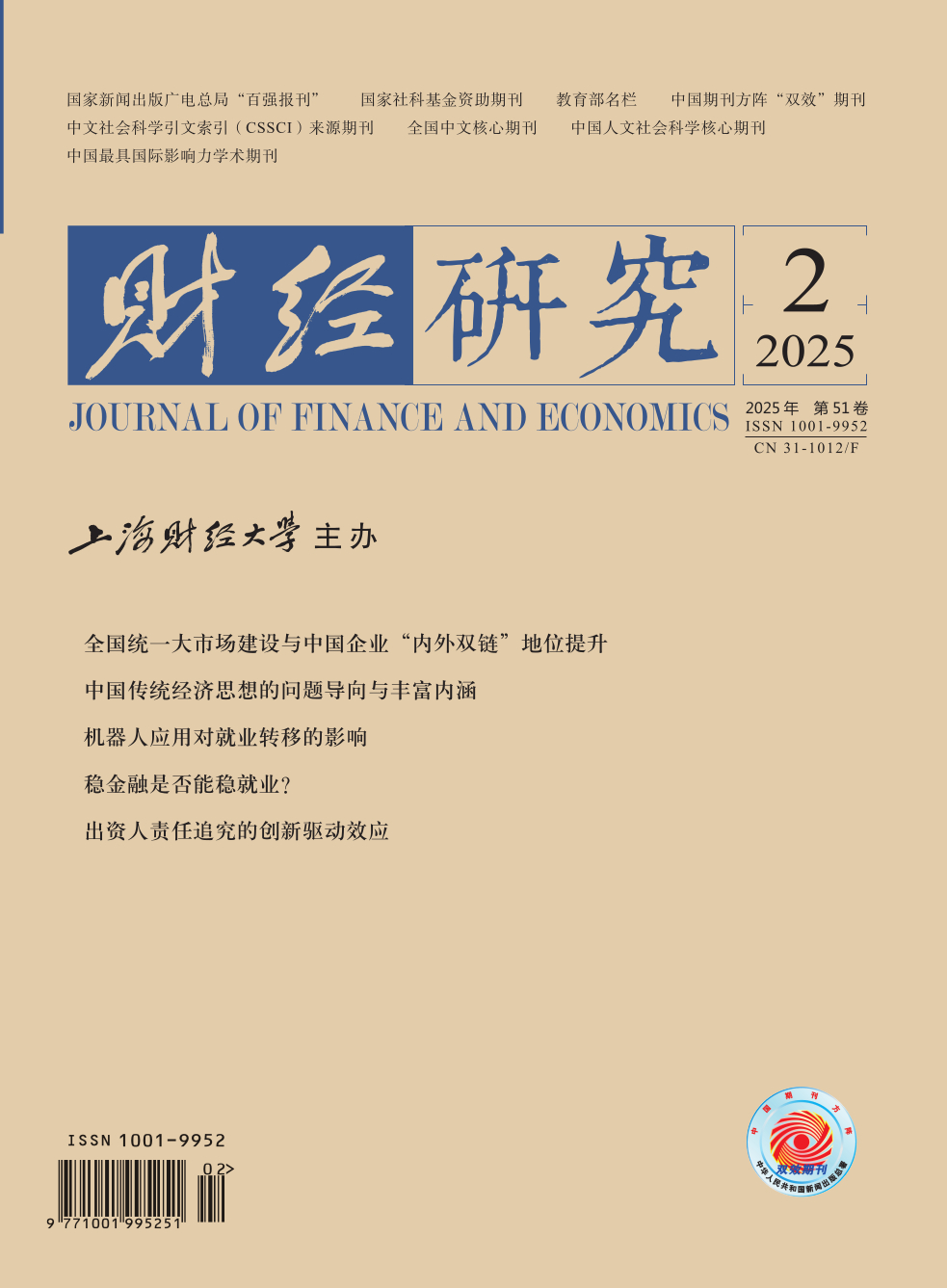Investment-financing maturity mismatch is a typical problem in investment and financing arrangements in China’s state-owned enterprises (SOEs), which will result in operational difficulties and capital chain disruption, leading to the loss of state-owned assets and even triggering systemic financial risks. The establishment of the accountability system for operation and investment (ASOI) of SOEs is a crucial measure for strengthening the supervision of state-owned assets, fulfilling the responsibility of maintaining and increasing the value of state-owned capital, and preventing the loss of state-owned assets.
In 2016, the State Council issued the policy for implementing the ASOI of SOEs. Subsequently, several provinces and cities successively issued corresponding policies. The backdrop of the annual policies issued by different regions provides a quasi-natural experimental setting. Using this setting, this paper designs a DID model and investigates that the ASOI of SOEs effectively alleviates the investment-financing maturity mismatch in SOEs. Mechanism testing reveals that the ASOI reduces the risk-taking and myopic level of the management and enhances the internal control system of SOEs. Heterogeneity analysis indicates that in regions with lower direct financing and in enterprises with less government subsidies, more aggressive strategies, and higher agency costs, the inhibitory effect of the ASOI on investment-financing maturity mismatch is more prominent. Further analysis also finds that the ASOI curbs over-investments. Additionally, this paper also examines the governance effect of the ASOI from a regional macro perspective, and the result indicates that the ASOI contributes to lowering the bad loan ratio of local commercial banks.
This paper has the following contributions: First, it enriches the literature related to the impact of the ASOI on major decisions of SOEs. Second, it contributes to providing the solutions to the investment-financing maturity mismatch of SOEs from the perspective of national regulation, thereby facilitating the understanding on the key path of credit risk transmission in the banking industry from micro to macro. Third, it provides a new perspective on the supervision of state-owned assets regarding how to promote high-quality financial development and maintain the bottom line of preventing systemic financial risks.





 3060
3060  4806
4806

